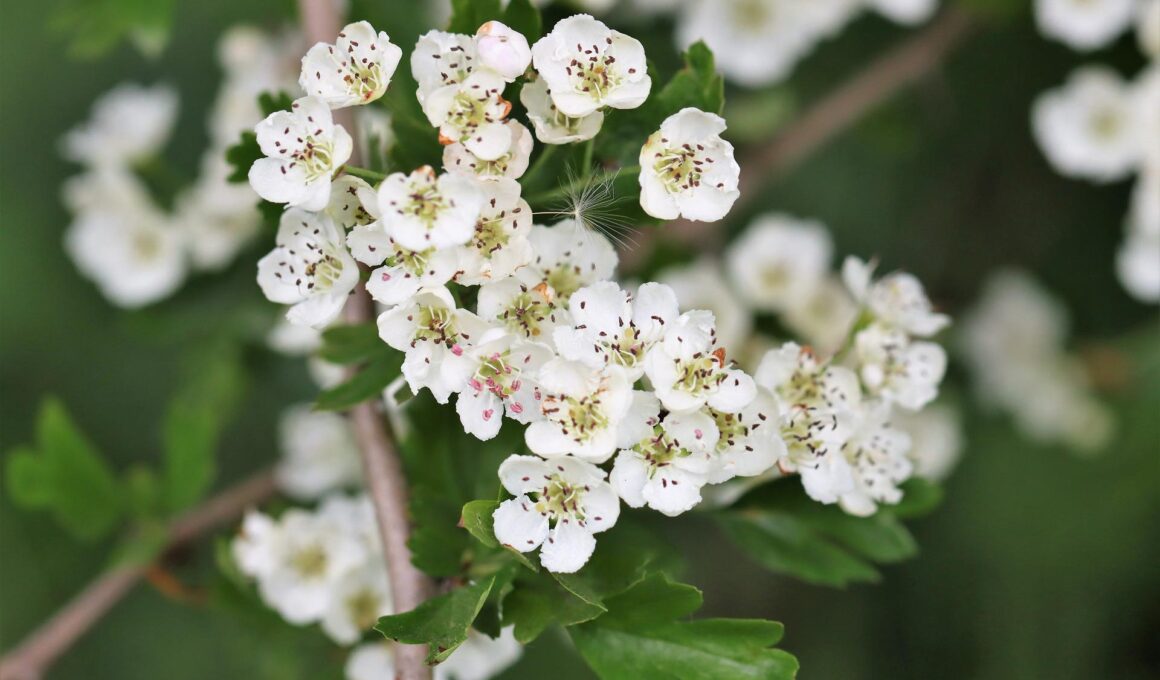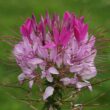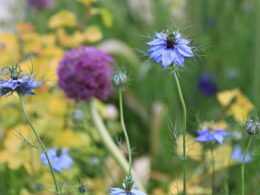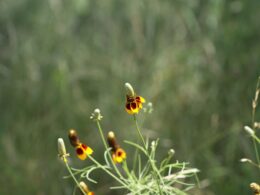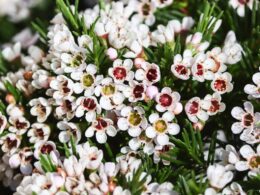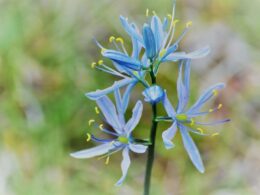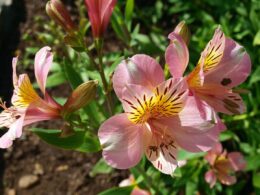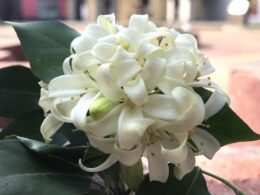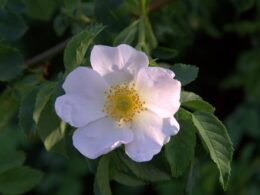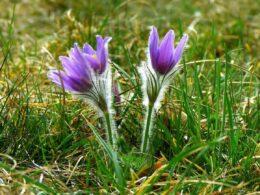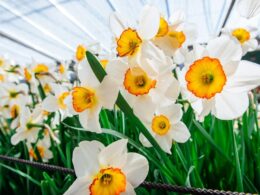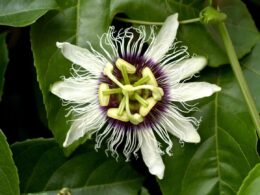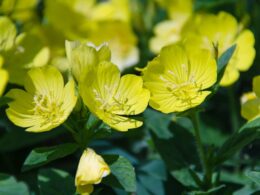Hawthorne Flower Description & Care Tips
The hawthorne or hawthorn (Crataegus) flower tree is a beautiful addition to any garden, with its profusion of white or pink blossoms appearing in spring. However, like all trees, the Hawthorne requires some care to ensure that it remains healthy and blooms abundantly. Here are some tips for caring for your Hawthorne flower tree:
- Watering: the hawthorne tree is drought-tolerant, but it will produce more flowers if it is given enough water. Water once a week, soaking the ground around the tree to a depth of several inches.
- Pruning: prune your hawthorne tree in late winter or early spring, before new growth begins. Remove any dead or damaged branches, and thin out the foliage to allow light and air to reach the inner branches.
- Fertilizing: the hawthorn tree does not require much fertilizer, but you can provide a booster in spring by applying a slow-release fertilizer formulated for flowering trees. Follow the manufacturer’s instructions carefully, as over-fertilization can damage the roots.
- Soil preference for Crataegus: hawthorn trees prefer soil that is moist but well-drained. If your soil is heavy and clay-based, mix in some organic matter such as compost or peat moss to improve drainage. If your soil is sandy, you can improve its moisture retention by adding a layer of mulch around the tree.
Blooming of the Crataegus
Do all hawthorne plants bloom? No, not all hawthorn trees will bloom, and those that do may only produce a small number of flowers. There are a number of factors that can affect whether a hawthorn tree will bloom, including the type of tree, the age of the tree, and the growing conditions.
Fortunately, there are also a few things that you can do to encourage your hawthorn tree to bloom. For example, planting a hawthorne tree in a sunny spot with well-drained soil will give it the best chance to thrive. You should also avoid over-fertilizing the tree, as this can encourage foliage growth at the expense of flowers. With a little care, you can enjoy the beauty of hawthorn blossoms in your own garden.
How to Plant a Hawthorn Properly
With so many hawthorn flower varieties to choose from, it can be difficult to know which one is right for your garden. Here are a few things to consider when making your selection:
- First, think about the size of the plant. Some varieties can grow quite large, while others stay fairly small. Consider how much space you have in your garden and choose accordingly.
- Next, take a look at the leaves. Some hawthorns have large, glossy leaves, while others have smaller, more delicate leaves. Consider what look you are going for in your garden and pick the variety that best suits your needs.
- Finally, think about the flowers. Some hawthorns produce small white flowers, while others have larger, more colorful blooms. Again, think about the overall look you want in your garden and choose the hawthorn plant that will help you achieve it.
Symbolism & Gifts
Hawthorne flowers (Crataegus) are most commonly associated with love and marriage. The flowers are often used in bouquets and arrangements for weddings and other romantic occasions. In addition to being a symbol of love, the hawthorne flower is also said to represent hope and happiness.
The blooms are often given as a sign of encouragement or to wish someone good luck. Because of their association with weddings, hawthorne flowers are also traditionally given as a gift on a couple’s first anniversary. However, they can be given anytime you want to express your love or affection for someone special.
Benefits and Medicinal Properties
Hawthorne flower is often used to treat heart conditions, and it has been shown to improve blood circulation and lower blood pressure. It is also a diuretic, meaning it helps the body get rid of excess fluid. Hawthorn tea is a popular antioxidant drink, and the flowers can also be added to salads or desserts. Hawthorn has a long history of use in traditional medicine, and is thought to have healing properties for angina, chest pains, heart and circulatory system. It is also used as a herbal remedy for anxiety and insomnia.





